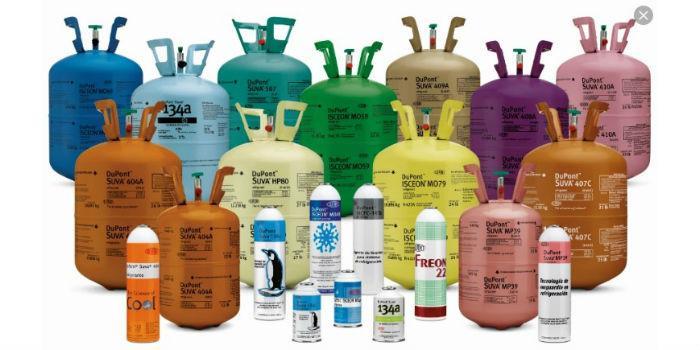 The industry advances in its process of adopting new refrigerants, considering energy efficiency and the environment of vital importance.
The industry advances in its process of adopting new refrigerants, considering energy efficiency and the environment of vital importance.
Alejandro F. Rodas*
Refrigerants, from the purest and strictest rigor, are the key that allows the world to move. Without refrigerants we would not have the Internet, because the data centers must be cooled, the repeater antennas must be cooled, etc.; nor would we have transportation of any kind, since combustion engines are necessarily cooled by water or air circuits, on the other hand the habitability of airplanes, spacecraft and even the international space station must provide air conditioning to sustain human life; nor would we have Health: Hospitals, Clinics and Health Centers, since we must guarantee minimum Indoor Air Quality conditions for the survival of patients; nor would the Pharmaceutical industry have a place in our current life and so we could continue for each of the industries that cover the current world; going through Offices, Shops, Hotels, Cold Chains for restaurants, Supermarkets, etc.
What does the future hold?
We can begin to perceive that in the long term (over 30 years for its massification) there will be at least two major trends; the first to be related to the use of nanotechnology incorporated in building materials that will be designed in such a way that they will tend to maintain a comfort temperature according to external conditions (external environment) and internal conditions (individuals and thermal loads); and the second that will be developed on a similar basis to what we know today as cooling circuits, which would be thermoelectric cooling using the Peltier effect . In both cases there are already private companies supported by Universities (particularly in Europe the French-German pole; and universities in the eastern USA, whereas they are in full development of the two technologies described; however, what is not yet clear is how we will continue to distribute and generate the airflow.
For humanity the technological gap is still immense and much more enormous the transition of everything so far installed towards these new technologies.
But what does all this come to? We already know the answer: "Global Warming." Given that today refrigeration and each of its refrigerants contribute to global warming through the greenhouse effect, it is that the industry and its agents of change that is, the associations of professionals of the world, from usa to Japan, passing through Europe, middle East, India and Australia, are committing to reduce the use of refrigerants with high Global Warming Potential GWG or GWP (Global Warming Potential), such as R410a, R404, R507, R407c, R22.
Having said that, I raise here the urgency that we have in Chile, as professionals of the Air Conditioning, to ask ourselves questions about the current situation of refrigerants. We basically know that there are two large groups of new refrigerants; the natural ones that have existed all their lives and that have a very low GWP between 1 to 20, and the new synthetic refrigerants with higher values (PCG> 460), but that allow the use of the current compressors and refrigeration circuits as we know them with quite minor changes, not so the natural refrigerants that require a substantial change.
The warning call within these lines is to become aware of the scenario that will arise in a couple of years. With an increase in the price of R410a refrigerant pushing importers and users to switch to new refrigerants. We know that today, for example in Chile, there are already international corporations demanding equipment with these characteristics, they are the least, but the countdown to R410a has already begun. The process begins in 2015 and continues until 2030, when an 80% elimination/reduction is expected to be achieved. Those refrigerants with a GWP of more than 2500, such as R404A, will be eliminated. Those with a GWP below 2500, such as R410A, will be gradually reduced.
It is therefore essential to address the risk of flammable refrigerant throughout the life cycle of the product.
As of today in the U.S., flammable refrigerants look like this:
a) Prohibited in all direct expansion A/C and HP applications, except in small, stand-alone A/C rooms.
b) Allowed in some indirect applications of A/C, residential refrigeration, small commercial refrigeration
Elsewhere, such as Europe, Australia and Japan, flammable refrigerants have been adopted more widely.
Practically all manufacturers already have in their product lines refrigerants or Natural or Synthetic low Global Warming Potential. In fact and as a way to demonstrate the decrease in consumption, European manufacturers (mostly) send products without refrigerant charge (R404a, R507, R410a or R134a) so that they are loaded locally, that is, they transfer the responsibility for the purchase of the refrigerant to the country of final destination, which must declare in its imports how much refrigerant it consumes year after year. By the way, a whole new edge opens up here about the certification and quality of these refrigerants that are not under supervision.
It is important to create an action group that can present this flammability of new refrigerants at the highest level within the Government and State of Chile; and of course Investors who depend on HVAC: Hotels, Clinics, Restaurants, Shopping Centers, Offices, Laboratories, etc. At the end of the day people's lives are at stake and we cannot subtract from that responsibility.
Note that the NFPA, National Fire Protection Association of USA, already has a protocol to deal with fires product of flammable refrigerants.
The immediate future facing HVAC/R is to lean in front of the new refrigerants, so once these new refrigerants are installed, it is worth asking: what do we do next? Will we change refrigerant from R410a to R32 as some manufacturers suggest? What will we do in the buildings that are already enabled? Won't we say anything to tenants? And the technicians, subcontracts, supervisors, ITOs, engineers, risk preventionists: will we be prepared for this paradigm shift? I remind you that we are going through the fourth (4) replacement of refrigerants: 1st: from natural ref. to R11; the 2nd from R11 to R22; the 3rd from R22 to R407c/R410a and this is the fourth (4th) from R410a to R32/R448/R454; we can already infer that at least we are missing 2 more spare parts, given that manufacturers of synthetic refrigerants are already looking for the replacement of A2L refrigerants (R32/R448/R454) and everything makes foresee that these new announcements are preparing from 2023 onwards.
Remember that our air conditioning industry is still in a basic stage with regard to the welding of refrigeration piping systems and that without a doubt it has left open an opportunity for products that avoid this process to be today daily bread in the facilities of refrigeration systems and by this I mean to large companies such as Daikin with PPM, Parker with ZoomLock, Vulkan with Lokring and Tecnogas with FastPipe, to mention the best known.
Clearly the above problem becomes critical for the case of new flammable refrigerants.
Here is a great opportunity that we have as HVAC professionals to raise our relative importance, in relation to the other specialties linked to construction, to be able to improve our economic remuneration linked, clearly, to a civil liability, both from the point of view of the energy consultant, the climate designer, the installer, maintainer, operator, importer, distributor and manufacturer.
I understand that talking about civil liabilities is delicate, but there are other professionals who are already subject to these responsibilities and have it covered by insurance and trade associations that are more powerful and structured than ours , for example medical doctors, dentists and lawyers.
My collaboration and willingness are open to help form and, eventually, lead a working group, but we need a group of professionals from all branches of this field from maintenance managers to teachers; manufacturers must be clearer than they already are, their responsibility does not end when the warranty ceases; it is deeper, manufacturers and distributors depend on downstream networks.
In order to show the turmoil of the market, a few days ago the following was announced in different specialized media: "Midea opts for the refrigerant for air conditioning (classification according to ASHRAE 34) A1 of Honeywell R466A. Chinese manufacturer Midea is considering using Solstice N41 (R466A designation ASHRAE 34), Honeywell's new non-flammable low GWP refrigerant, in all of its Chillers and VRF systems. Honeywell's partnership with Midea Group follows "promising" test results with the new refrigerant announced by air conditioning manufacturer Toshiba Carrier in January. "As the first non-flammable refrigerant replacement for R410A, Solstice N41 is a promising option to ensure our products comply with environmental regulations in target markets," said Mingli Tian, general manager of Midea's central air conditioning division. "This cooperation will help us enter the new future with a sustainable and secure offering for end users," he added.
* Alejandro F. Rodas. HVAC Engineer from Chile, with more than 25 years of experience in this market. Member ASHRAE. [email protected]
References
- Standard ASHRAE 34-2019
- Standard ASHRAE 15-2019
- Midea opts for Honeywell's A1 aircon refrigerant R466A (https://www.coolingpost.com/world-news/midea-opts-for-honeywells-a1-aircon-refrigerant-r466a/)
- Research committee for the risk assessment of mildly flammable refrigerants (https://www.jsrae.or.jp/jsrae/committee/binensei/risk_eng.html)
- Methodology for Estimating Safe Charge Limits of Flammable Refrigerants in HVAC&R Applications (https://info.ornl.gov/sites/publications/Files/Pub109213.pdf)
- AHRI Project No. 8016: Risk Assessment of Class 2L Refrigerants in Commercial Rooftop Units (http://ahrinet.org/App_Content/ahri/files/RESEARCH/Technical%20Results/AHRI_8016_Final_Report.pdf)
- Flammable refrigerants firefighter training: Hazard assessment and demonstrative testing (https://marinechemistassociation.com/wp-content/uploads/2019/06/RFFlammableRefrigerantsTraining_compressed.pdf)
- Modern Building Services: (https://modbs.co.uk/news/fullstory.php/aid/14593/The_next_stage_of_refrigerant_phase-out_phase-down.html)
- Phaseout of Ozone-Depleting Substances (https://www.epa.gov/ods-phaseout/phaseout-class-ii-ozone-depleting-substances)
- What Future for R410a? (https://www.coolingpost.com/features/what-future-for-r410a/)
- Why Natural Refrigerants are the best solution (http://naturalrefrigerants.info/why-natural-refrigerants-are-the-best-solution/)











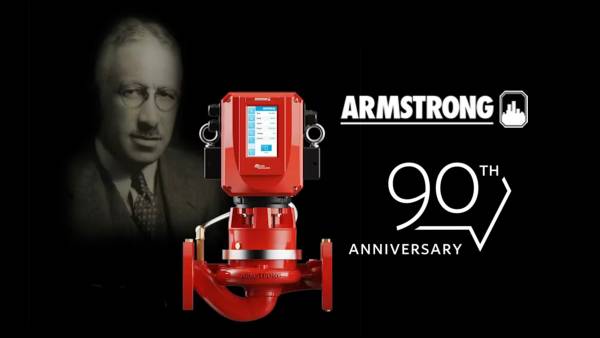
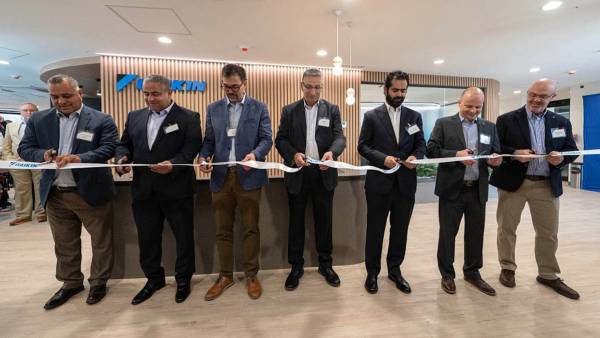
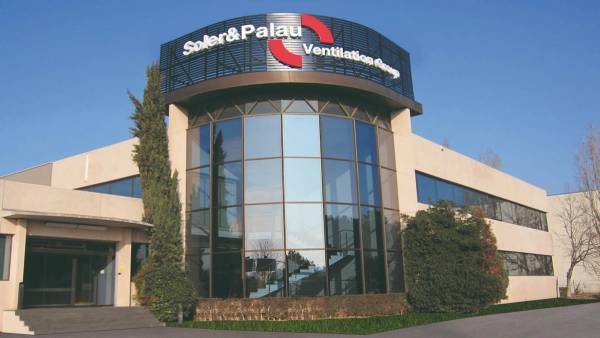

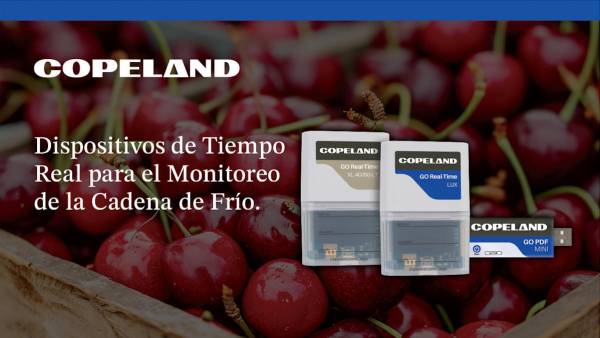
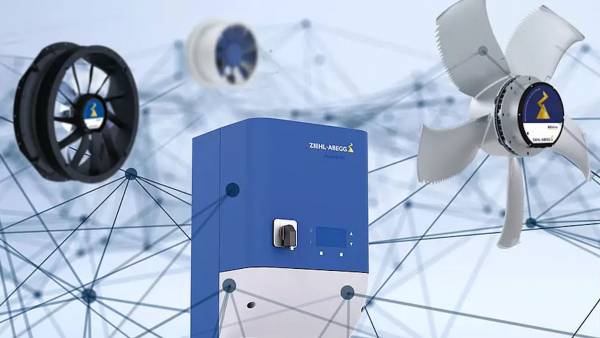
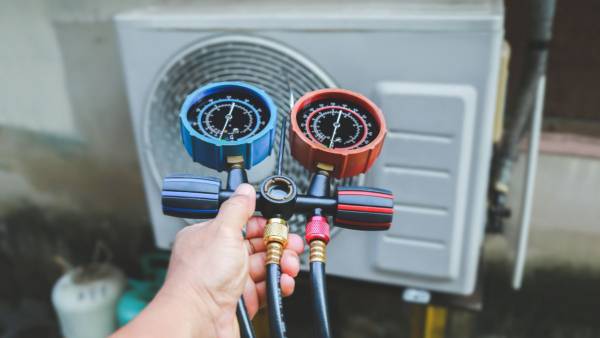







Leave your comment